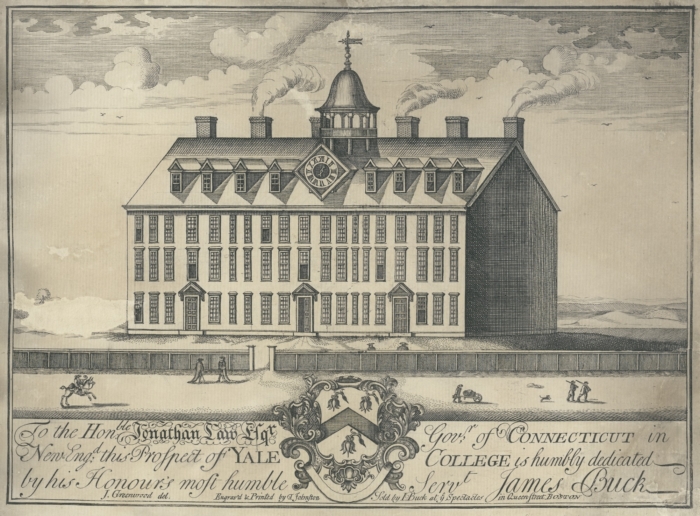My oldest son will be attending college next fall, and he’s now in the fun-but-fraught phase of trying to decide where he’s going, so college is kind of on my mind.
Recently I came across a passage in a book called Man and Microbes, written by Arno Karlen, that caught my eye. While researching epidemic diseases, I read in several sources that many of the earliest American colleges were established out of fear of smallpox, and Karlen confirms that. According to Karlen, “. . . well-off young Americans who went to Oxford or Cambridge for education risked disfigurement or death from smallpox. In fact, fear of smallpox was a major spur to the creation of American universities.”
Which makes sense, if you think about it. During the early 1700s, 400,000 Europeans died every year from smallpox. Jenner’s first vaccinations didn’t occur until 1796.
And most people in the colonies still lived on farms and in small villages. So few American cities were large enough to be ravaged by the “crowd diseases” that had been afflicting Europeans for centuries. Young men who’d grown up in the New World, without infantile exposure to these diseases, ran a real risk of dying if they went off across the ocean to Oxford and Cambridge. Harvard was established the earliest (1636) followed by a bunch more in the early to mid 1700s—William and Mary 1693, Yale in 1701, Princeton in 1746, Columbia 1754, followed soon thereafter by U Penn, Brown, Rutgers and Dartmouth.
